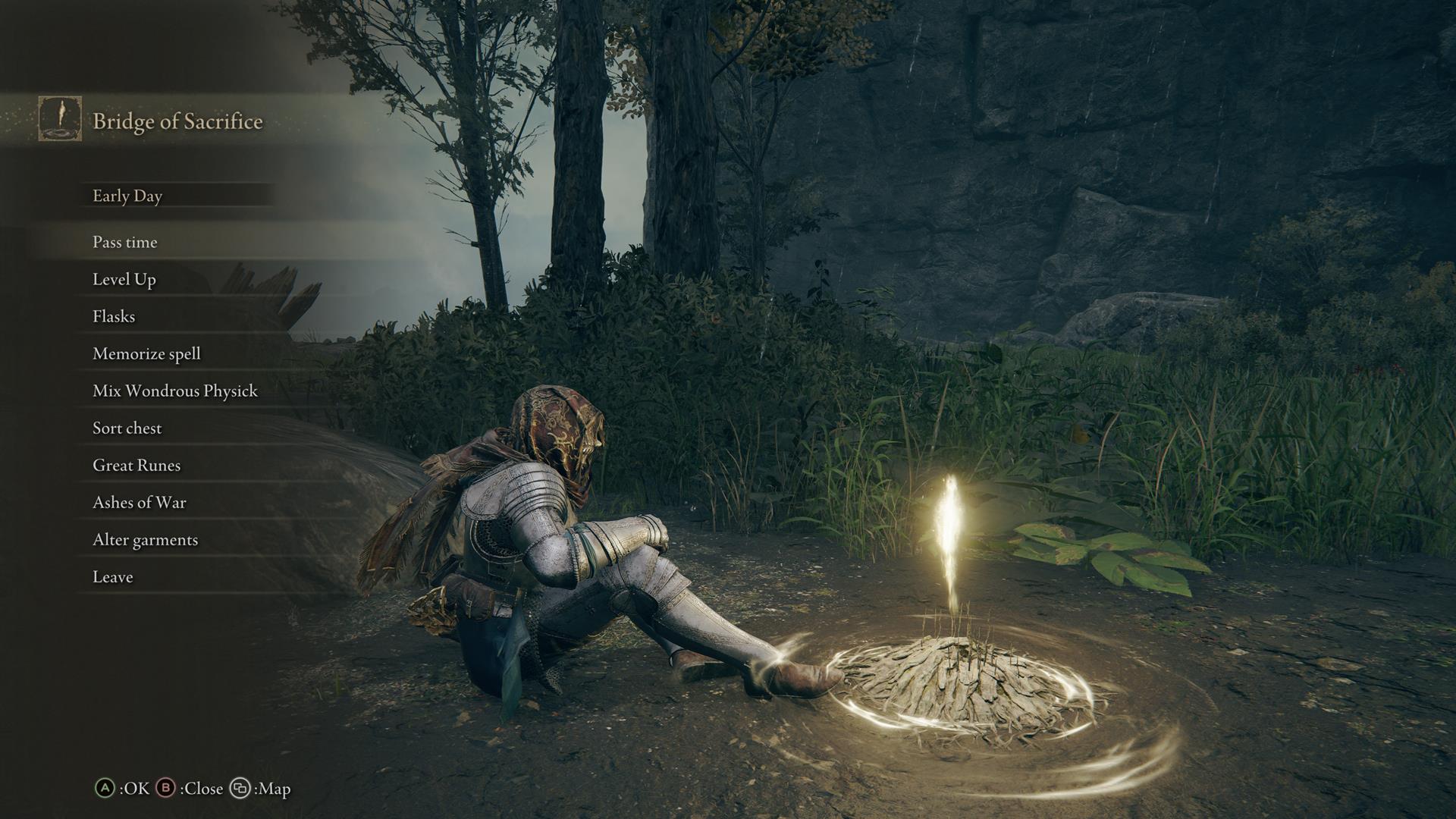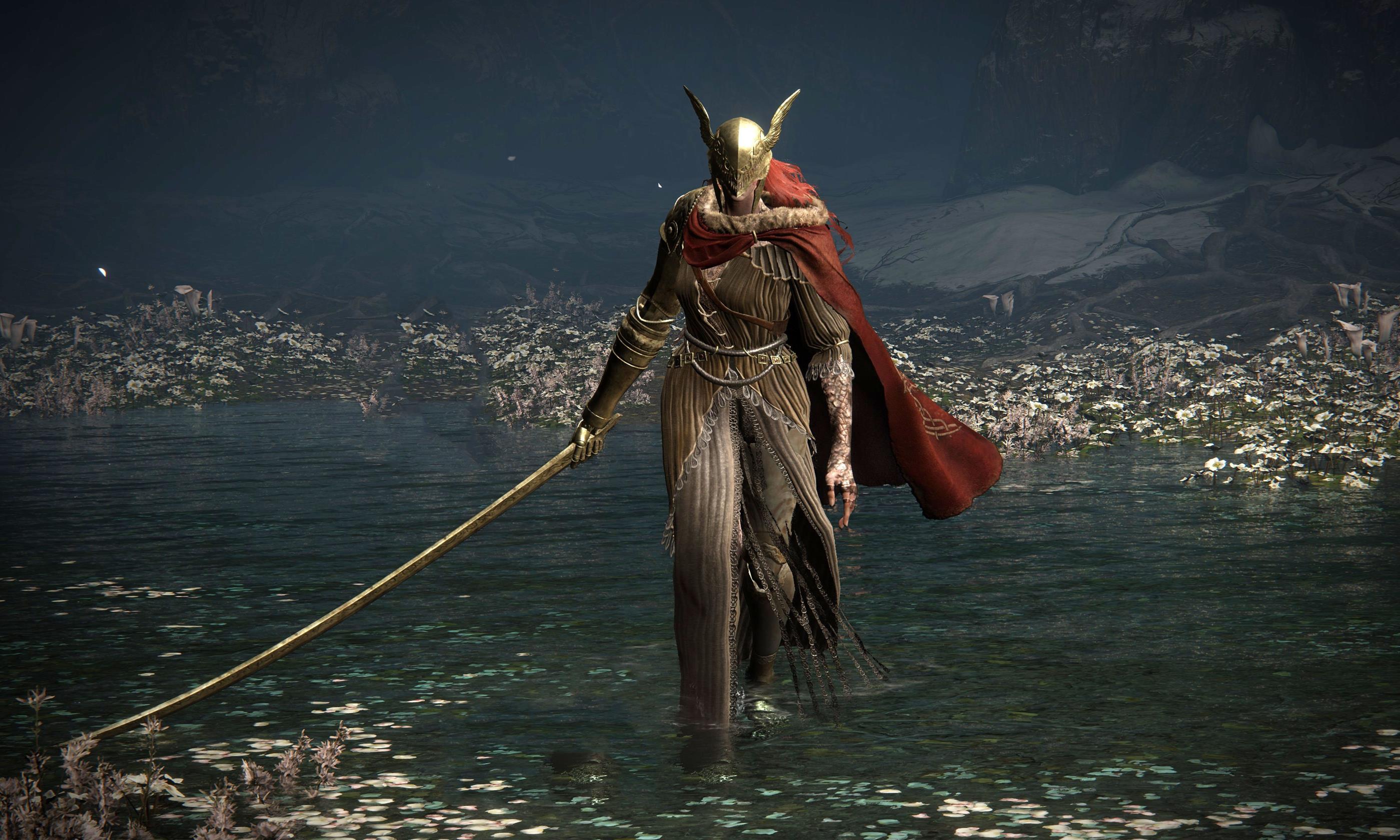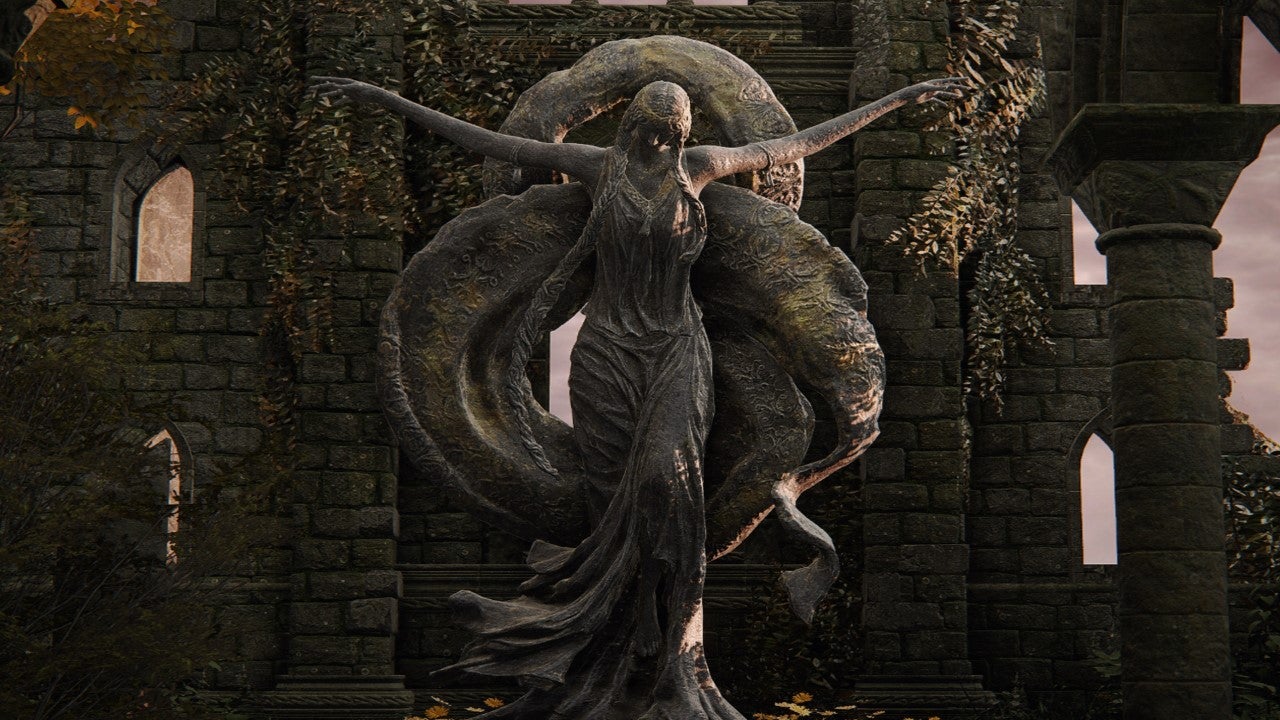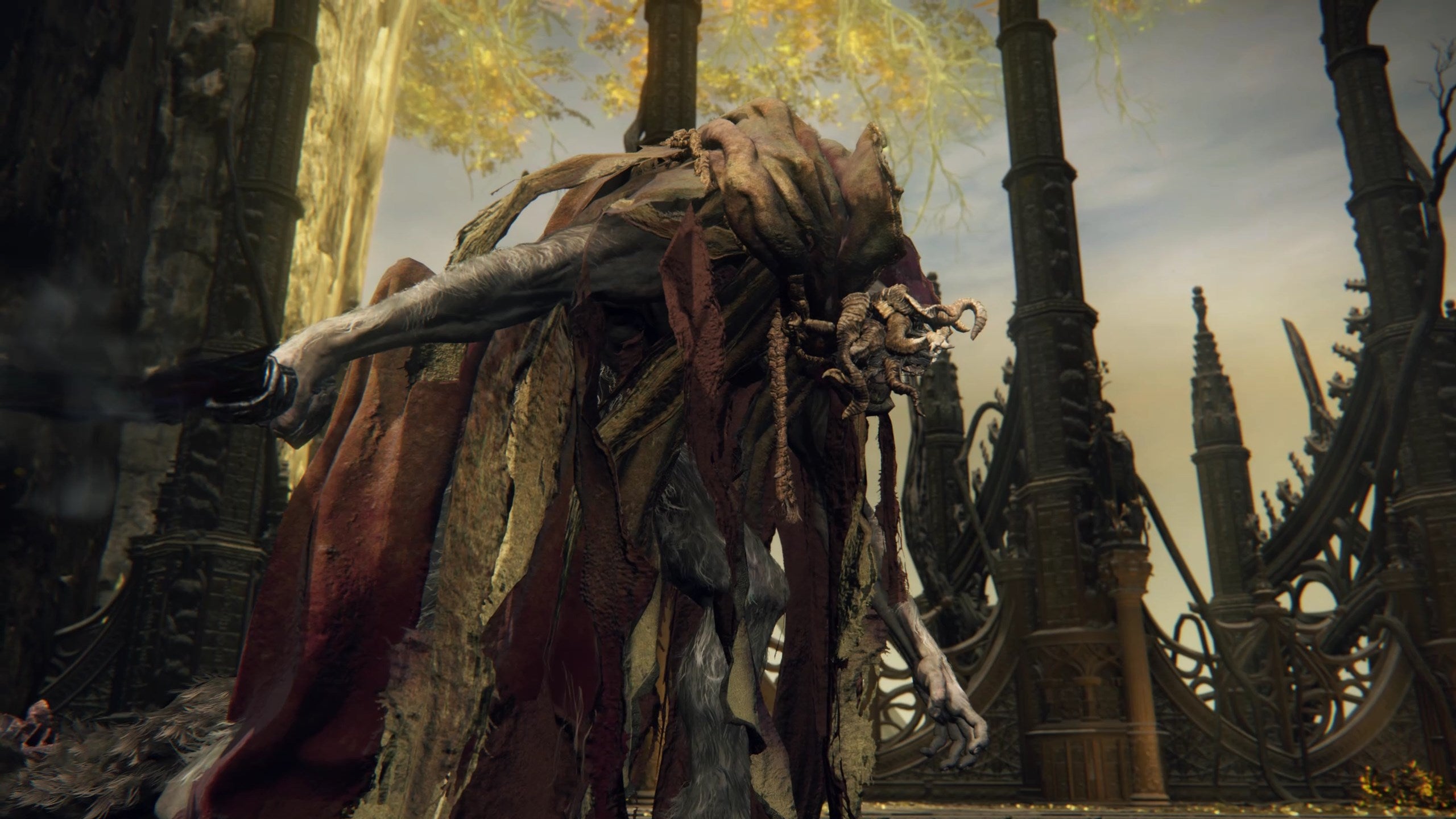Elden Ring ending and full game spoilers below. Elden Ring is built on deception. It lies to you. Not just once, but for the entire game, turning you into an unwitting champion for a cycle of abuse and oppression. It starts at the beginning. The scene opens on a grim picture: Queen Marika the Eternal is missing, we’re told, presumably the result of some unknown third party busting the Elden Ring and plunging the world into civil war. That’s the cue for the Tarnished to head back home and restore order. You only realize later how much is wrong with this setup, and how deliberately misleading it is. For now, though, you’re dropped into a sinister church and inevitably die – an inauspicious start to what should be your grand journey. This is where FromSoft uses its characteristically hands-off storytelling to brilliant effect. Once you emerge from underground, you’re confronted with a vast world and no idea of where to go. A tutorial item tells you to follow the Grace, and considering Grace is what keeps you alive, it must surely be the right path. Where Grace guides you is just as important as where it doesn’t. Elden Ring pushes you towards Stormveil Castle and Godrick, while Caelid’s Sites of Grace practically drag you towards Redmane Castle and Radahn. The Golden Order is happy to have you murder them, or even Rennala, were it not for Ranni’s interference. Marika warned her children that if they didn’t live up to her expectations, they would be fit only for sacrifice, and Enia the Finger Reader later tells you the Great Will’s wish is for you to exterminate the useless demigods. Grace leads you around the Mountaintops of the Giants half-heartedly, offering no guidance for finding Malenia or Miquella (Marika’s favorite children and the least threatening to the Golden Order). The Mistwood, meanwhile, is lacking in Grace of any kind – a notable omission when you consider evidence of the Greater Will’s brutality lies beneath the earth there – while Liurnia’s lead you around other problematic locations, such as the site of Gideon’s massacre and areas connected with the truth behind the Shattering. In theory, this grace comes from Marika. If you rest at the Church of Pilgrimage on the Weeping Peninsula, Melina appears and summons Marika’s words from the past. The Eternal Queen makes a promise to those who would become Tarnished, saying she will restore her grace to them upon her death, that they may return to The Lands Between and wage war for the Elden Ring and gain strength from death. It’s not true, though. Perhaps Marika was exaggerating, full of hubris and intent on subverting the Golden Order she had outgrown. Or perhaps this was an aspect of Radagon – the Order’s faithful servant – speaking through her. Either way, you learn later that the Greater Will extended Grace to the Tarnished after Marika’s imprisonment, so one of them would restore the Elden Ring and be the realm’s new ruler. After carrying out the Greater Will’s wishes and slaying at least two demigods, the Fingers finally reveal the truth: Marika shattered the Elden Ring and was imprisoned for her sin. Even this isn’t the full story, though, as the Fingers conveniently skate around some key facts. Melina tells you at the Minor Erdtree Church that Marika proclaimed her intent to “search the depths of the Golden Order” and no longer cling to blind faith, which is possibly when she began growing disenchanted with her divine overseers. Whatever the case, Enia’s revelation flies in the face of everything the game has told you until now… but this is also when the Fingers conveniently reveal you’re their chosen one. Just as the Greater Will lured the Tarnished back with promises of glory and a chance at the Elden Ring, now they tempt you with an even bigger lie, the promise of ushering in a new era. And it is a lie. The normal ending and its variations are a sham and usher in nothing even close to a new order. Ranni is the only being in The Lands Between capable of overthrowing the Order at this point, even though Melina believes she, and subsequently you, can do it. Melina envisions a world free from the Erdtree’s domination and seems to believe that burning the Erdtree is enough to break the Golden Order’s hold, perhaps by freeing Marika and letting her rebellion against the Greater Will continue. The problem is Marika, though, or what’s left of her. By the end of your journey, Marika exists literally as the Elden Ring’s vessel and nothing else, her body devoid of life, Radagon exterminated, and the fractured remnants of her corpse forever bowed under the Ring’s burden. Any ending where the Ring is repaired involves replacing Marika’s shattered head on her scarred body. And that’s on purpose. The order you’re helping perpetuate is just as hollow – just as irreparably shattered – as Marika’s empty body. This is a world where parents reject their supposedly cursed children for being born differently, as Marika and Godfrey do to Morgott and Mohg. Friends shatter their bonds of companionship if one of them dares to hold ideas that contradict orthodox belief, and scholars such as Brother Corhyn fear to search for knowledge out of fear it may overturn tradition. The Age of Fracture is truly what the name says, perhaps the only whole truth in the whole of the game. It’s a broken age with an Elden Lord and a lifeless puppet; one who supports the Greater Will’s suffocating rule, and the other now forever powerless to challenge it.



